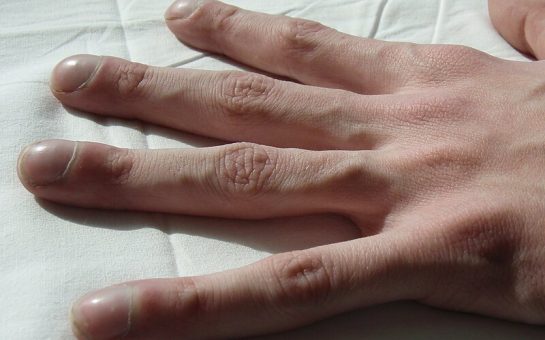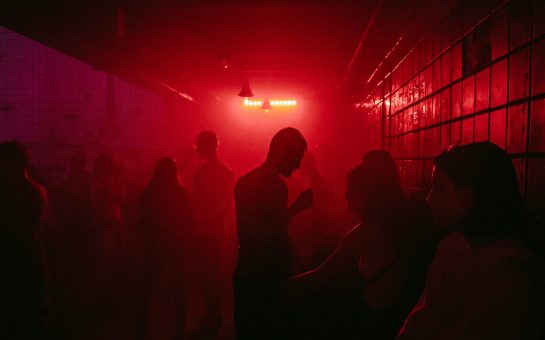“It takes me away from my body and my mind. I am not in control of myself.
“It’s like a darkness, but not in a bad way. You’re in a completely other place. You don’t know who you are.”
These are the effects of laughing gas as described by Rebecca*, a 21-year-old client service executive from Manchester.
The national surge in abuse of so-called ‘legal highs’ over the last five years has triggered multiple changes in the law to ban substance after substance, as health experts raise concerns over the potential dangers of ingesting unknown chemicals.
And laughing gas, also known as nitrous oxide, NOS or even hippy crack, has not escaped attention, after being linked to 17 deaths across the UK between 2006 and 2012.
But why is laughing gas is so attractive to party-goers? And do the health risks influence or worry users?
Speaking about her own use, Rebecca told MM: “We do it because it is like a euphoric experience. You forget where you are and what you’re doing.
“It takes you into another dimension. It’s not just visual – It’s all feeling.
“Once you’ve finished one you just want it again and again and again.”
Inhaling nitrous oxide generates a short period of elation for the user, usually lasting for a couple of minutes and occasionally accompanied by hallucinations and sound distortions.
Individuals can breathe in the gas from a canister through a balloon, although experimental inhalation methods include consuming the gas directly from the high-pressure canisters or using a gas mask.
The deprivation of oxygen in an individual’s lungs leads to headaches, dizziness, fainting and possible suffocation.
Other potential effects include nausea, vomiting, and occasionally convulsions as the responses of the brain and body are slowed down, with reasonable judgement being inhibited.
Dangers are amplified if consumed in conjunction with alcohol, demonstrated when the three clubbers from Bolton were hospitalised after taking it with booze.
The Local Government Association (LGA) estimates that around 500,000 young people frequently take nitrous oxide, with the 2013/14 Crime Survey for England and Wales reporting 7.6% of people aged 16-24 used nitrous oxide in the past year.
Nitrous oxide is the second most popular narcotic substance for this age group after cannabis, and Councillor Katie Hall, Chair of the LGA’s Community Wellbeing Board, is determined to impress upon users the perils of the substance.
She said: “It is deeply disturbing that this drug, which can be highly dangerous, is still widely viewed as safe.
“It is imperative that users understand just how harmful it can be. This gas can kill.”
There were 17 deaths attributed to the misuse of nitrous oxide between 2006 and 2012 according to a research team from St George’s, University of London, with at least three further deaths since the release of this report.
The users we asked see the deaths as exceptional cases, generally caused as a result of the experimental inhalation methods where the individual loses control of their gas intake.
David*, a 27-year-old senior sales advisor, said: “I don’t believe you can get yourself into a vulnerable situation with nitrous unless you’re a complete idiot.
“If you starve your brain of oxygen that will kill you, but the amount you’d have to do would be outrageous and you can’t really do that with balloons as you let go when you trip.
“Common sense comes into play. Some people could, and probably would, get into a state where they feel invincible but you have to go out of your way to get like that.”
David does not feel that laughing gas has the same addictive characteristics as harder substances such as heroin and crack cocaine, but Rebecca admitted she feels urges to repeatedly use.
“I crave them regularly. Ever since having my first one I’ve craved another straight away,” she said.
“I wouldn’t say you’d ruin your life to them though. If you run out of balloons, it’s not like you have to rush out and get another hit.”
Balloons have become such a popular habit due to minimal negative after-effects (or comedowns) allied to the ready availability of the gas and the equipment needed to consume it.
Both Rebecca and David told MM they acquire nitrous oxide from corner-shops, with a box of 24 canisters costing around £10, while the price is halved online and doubled in high-demand environments like festivals.
Canisters are displayed alongside packets of balloons in shops, giving a strong indication of their intended use, while a specially designed cracker for opening canisters can be easily obtained over the internet.
The Intoxicating Substances (Supply) Act 1985 states selling nitrous oxide to an individual under the age of 18 (whom the seller believes has the intention of inhaling the gas) is illegal, but no other restriction is placed upon this easily attainable ‘legal high’.
In May Greater Manchester Police announced an intended crackdown on individuals contravening street vending laws by selling laughing gas to the public, particularly around the Deansgate Locks area.
However, the young professionals we spoke to believe consumption of laughing gas will not be influenced until the substance is given a formal classification, as they feel it presently holds a similar social standing to drinking and smoking.
“I would say being drunk is not majorly different from being on balloons,” said David.
“It’s a hugely social thing. It’s the same basic principle, with your mind not functioning properly and depriving your body of what it needs.
“I suppose it’s also like everyone going out for a cigarette. Although balloons have no second-hand ramifications on the people around you.”
The debate will rumble on concerning how safe and socially acceptable laughing gas is, with health authorities warning caution to users while the law fails to offer a means of restriction and regulation.
Ultimately, each user is responsible for their own safety. Thousands will continue to consume in moderation, but there will always be those who push the boundaries and tragically pay the price.
*Names have been changed to maintain anonymity.
Image courtesy of Stephen McLeod Blythe, with thanks.



